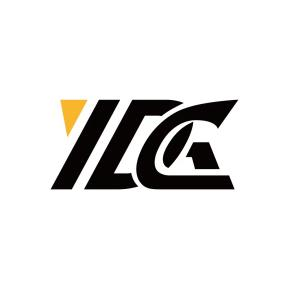Global Surge in New Energy Vehicles: Regional Trends Shaping the Future of Mobility
The global automotive industry is undergoing a transformative shift as new energy vehicles (NEVs), including battery electric vehicles (BEVs) and plug-in hybrids (PHEVs), rapidly gain momentum. Driven by climate commitments, technological advancements, and evolving consumer preferences, regional markets are charting distinct paths toward electrification. Below is an overview of key trends shaping the NEV landscape worldwide.
1. China: Leading the Charge with Policy and Innovation
As the world’s largest NEV market, China accounts for over 60% of global electric vehicle (EV) sales, according to the International Energy Agency (IEA). Government mandates, such as the "dual credit" policy and subsidies for NEV purchases, have propelled domestic automakers like BYD, NIO, and XPeng to dominate both production and innovation.
-
Exports surge: Chinese automakers are expanding aggressively into Europe, Southeast Asia, and Latin America, with BYD’s ATTO 3 becoming a top-selling EV in markets like Thailand and Israel.
-
Technology race: Breakthroughs in sodium-ion batteries and integrated vehicle platforms (e.g., BYD’s e-Platform 3.0) are reducing costs and improving performance.
2. Europe: Regulatory Pressure Fuels Electrification
The European Union’s 2035 ban on internal combustion engine (ICE) vehicles has accelerated automakers’ transition to EVs. Countries like Norway, where EVs represent over 80% of new car sales, lead the region, while Germany and France focus on scaling local battery production.
-
Competitive landscape: Tesla’s Berlin Gigafactory and rising Chinese imports are challenging legacy brands like Volkswagen and Stellantis.
-
Infrastructure push: The EU’s “Fit for 55” plan aims to install 3.5 million public charging points by 2030.
3. North America: Incentives Drive Adoption Amidst Challenges
The U.S. Inflation Reduction Act (IRA) has reshaped the market by tying tax credits to domestic manufacturing and battery sourcing. Tesla remains the dominant player, but traditional automakers like Ford and GM are gaining traction with models like the F-150 Lightning and Cadillac Lyriq.
-
Supply chain localization: Companies are investing billions in North American battery plants to qualify for IRA incentives.
-
Charging gaps: Despite federal funding, rural areas lag in EV infrastructure development.
4. Emerging Markets: Southeast Asia and Latin America Tap into Growth
Southeast Asia and Latin America are emerging as high-growth regions, albeit from a smaller base. Governments are rolling out tax breaks and import incentives to attract investments:
-
Southeast Asia: Thailand aims to convert 30% of its auto production to EVs by 2030, with BYD and Great Wall Motor building local factories.
-
Latin America: Brazil and Mexico are leveraging renewable energy resources to power EV adoption, while Chinese brands like BYD and JAC gain market share.
5. Technology Trends Reshaping the Industry
-
Battery innovation: Solid-state batteries and lithium-iron-phosphate (LFP) chemistries are extending range and lowering costs.
-
Autonomous driving: Partnerships between automakers and tech firms (e.g., Huawei’s collaboration with Changan) aim to commercialize Level 4 self-driving systems by 2025.
-
Vehicle-to-grid (V2G) integration: EVs are increasingly seen as mobile energy storage units, supporting grid stability in renewable-heavy markets.
Future Outlook
BloombergNEF projects that NEVs will represent 75% of global passenger vehicle sales by 2040. However, challenges such as mineral supply bottlenecks, geopolitical tensions, and uneven infrastructure development could slow progress. To stay competitive, automakers must balance regional strategies—localizing production, adapting to consumer preferences, and aligning with government policies.
Quote from Industry Expert:
“The NEV revolution is no longer a niche trend but a global inevitability. Markets that integrate clean energy, smart infrastructure, and equitable access will lead the next era of mobility,” said Dr. Li Wei, Senior Analyst at GreenTech Futures.



